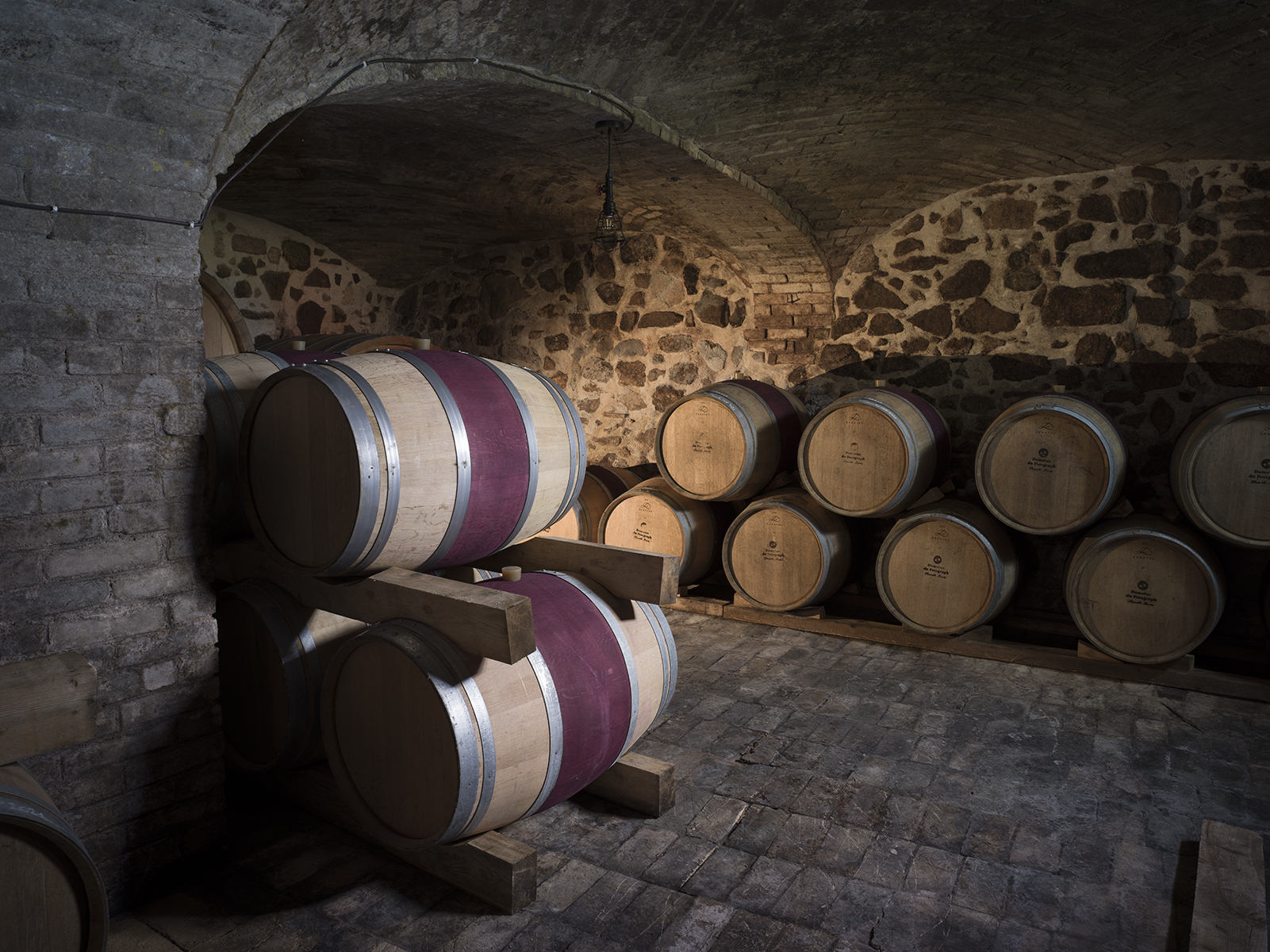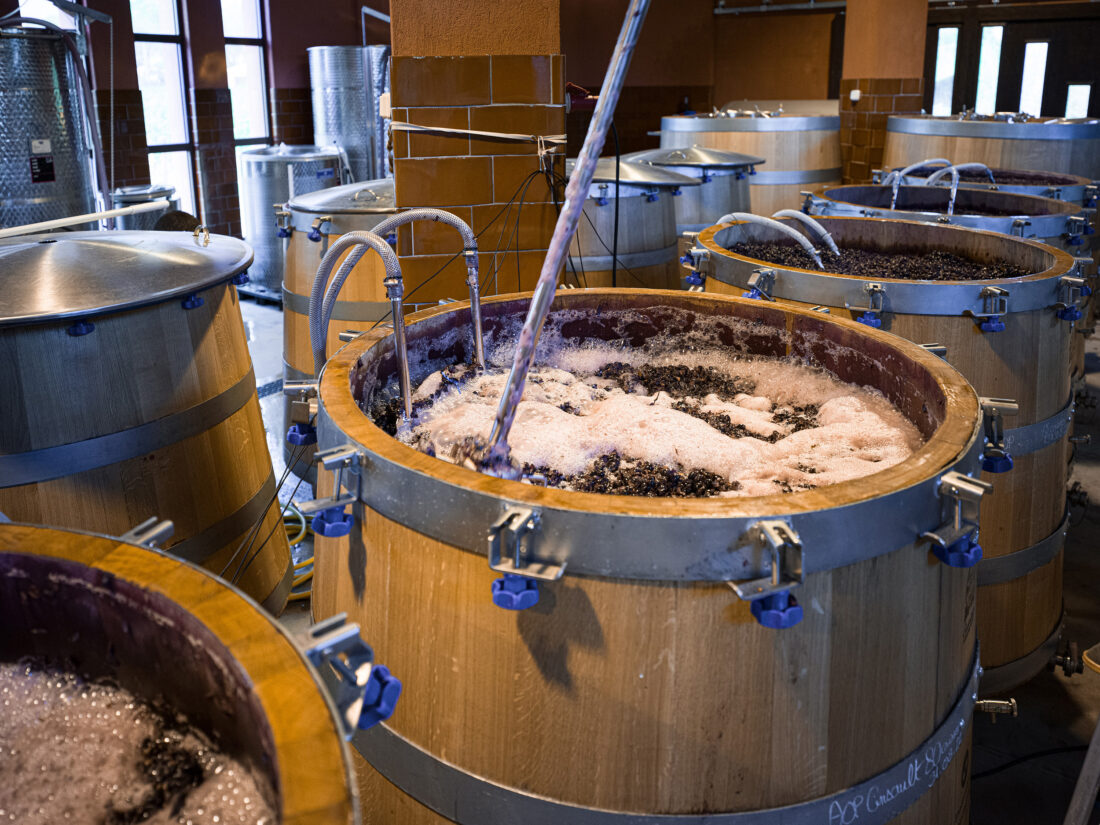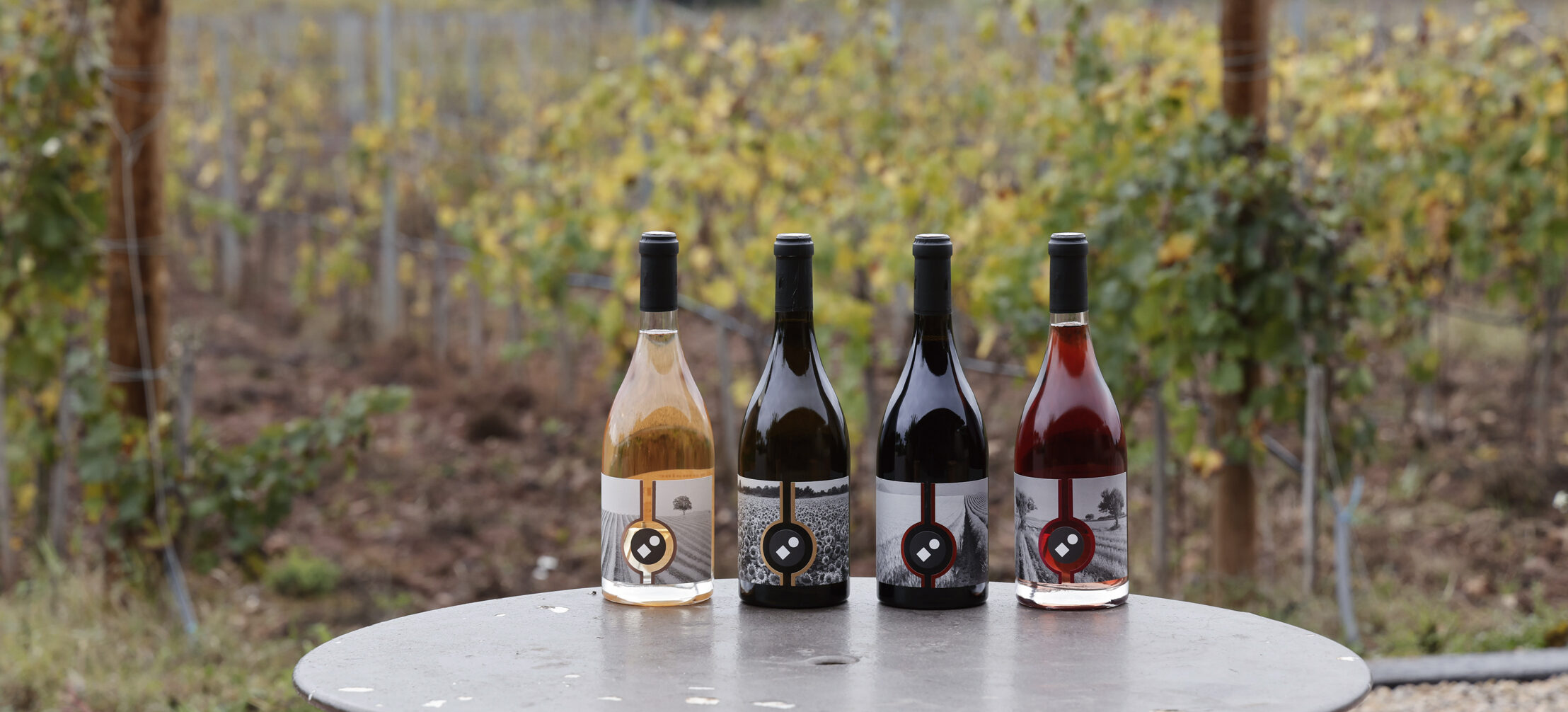Vinification
Philosophy and Practices:
Our oenological approach aligns with biodynamic viticulture, adhering to key principles:
Employ minimal sulfur for wine preservation. While organic regulations allow 100 mg/l of sulfites in red wines (compared to 160 mg/l in general regulations), we aim for approximately 70 mg/l, as recommended by the strictest biodynamic certification, "Demeter."
Avoid using additives, even those approved for organic certification. We exclude ascorbic, citric, tartaric, malic, and meta-tartaric acids, arabic or cellulose gums, silica gel, gelatin, ammonium or potassium bisulfites, calcium carbonates and bicarbonates, among others.
Rely solely on natural, indigenous yeasts that are inherently present in our vineyards, on grape skins, and within our cellar's environment. These native yeasts play a crucial role in fermentation, imparting unique flavors and characteristics that reflect our terroir.
In case of vinification issues or unsatisfactory outcomes, instead of using external inputs to alter wines, we distill the affected cuvée with our Charentais Alembic, producing eau-de-vie, Grappa, or Marc de Provence, depending on grape variety or appellation.

Adopting organic viticulture and minimal intervention practices offers numerous benefits, including the genuine expression of terroir through the use of indigenous yeasts and absence of additives, as well as fostering a thriving and diverse ecosystem within and around the vineyard. The more challenging and labour intensive methodology results in wines of exceptional complexity, depth, and character. In addition to providing a more rewarding tasting experience, these wines are considered cleaner and potentially healthier for consumers due to minimized sulfite levels and other additives.
Unique approcha to each variety.
At our vineyard, we cultivate a diverse array of grape varieties, each possessing distinct attributes such as flavor profiles, acidity, and tannin levels. To maintain these unique characteristics, we generally harvest and vinify each variety individually. This entails separate picking, processing, and fermentation in distinct tanks or barrels.
Nonetheless, exceptions exist, particularly for red wines. Occasionally, we may harvest and co-ferment two or three complementary grape varieties simultaneously. This method, known as field blending, is employed when our aim is to craft a singular, harmonious wine that transcends the individual grape varieties' profiles.

White and Rosé Wines:
We hand-harvest grapes individually, performing multiple passes over the same rows with days in-between to ensure optimal levels of maturity. Destem grapes and soak for a specific duration or utilize whole bunches, including stems, depending on harvest conditions.
Subsequently we employ a nine or 25 hectolitre press for low-pressure juice extraction, varying pressing duration based on desired outcomes. Alcoholic fermentation is performed in tanks for lighter rosé wines and in Garbellotto Acacia wood cone-shaped vats for longer-lived, gastronomic rosé wines and most whites.
Juice fermentation is done on the lees using Demptos oak barrels of varying sizes and wood types for the premium cuvée. We refrain from conducting malolactic fermentation, except for specific cuvées and vintages intended for long-ageing white wines. Utilising a lower temperature range helps preserve the delicate aromas and flavours of the grapes.

Red Wines
We harvest and vinify different grape varieties separately, with the exception of certain red wines, where co-harvesting and fermenting two or three distinct varieties together on the same day may be practiced.
Garbellotto oak cone-shaped vats of 12 and 25-hectoliter capacities are utilised, selecting diverse oak types and origins to craft unique flavors and aromas in red wines. Opt for fermenting grapes with or without stems, and adjust the duration of maceration and fermentation processes based on the desired outcome.
Following alcoholic fermentation we perform the indispensable malolactic fermentation to soften the red wine's acidity and achieve a more balanced flavour profile, occasionally proceeding after barrelling. We seek to employ a higher temperature range to foster the development of intricate flavour and aroma compounds.




